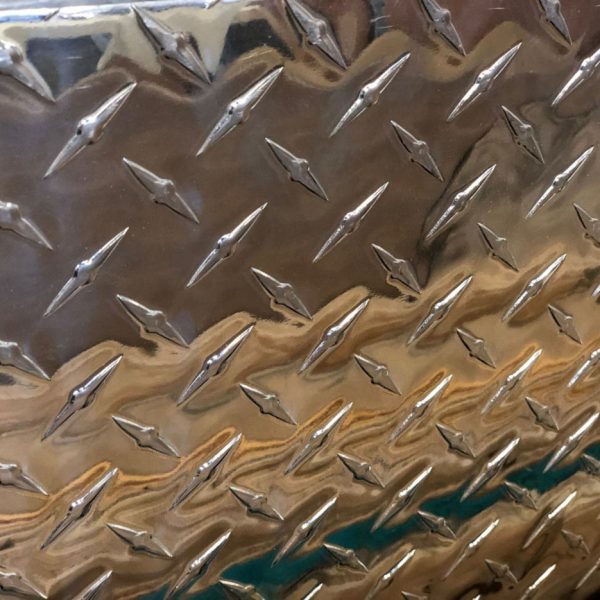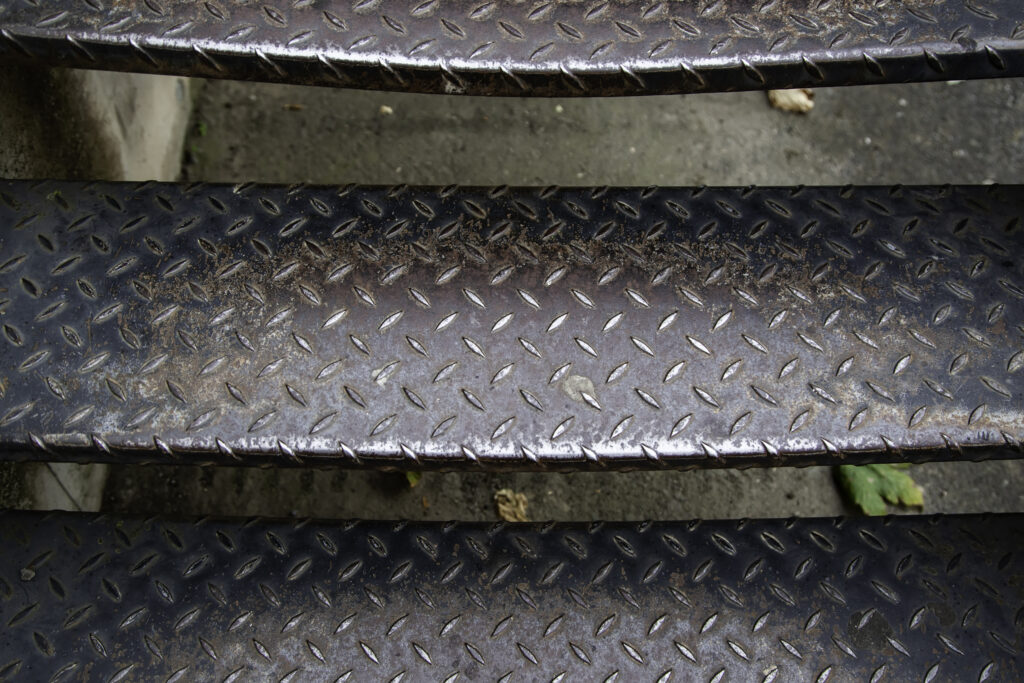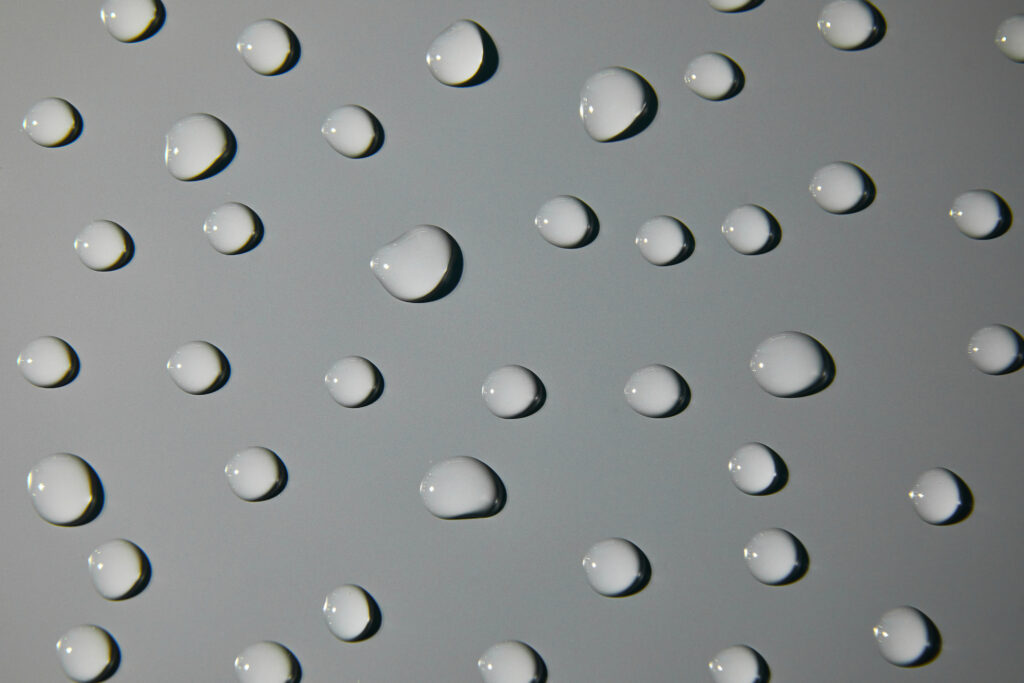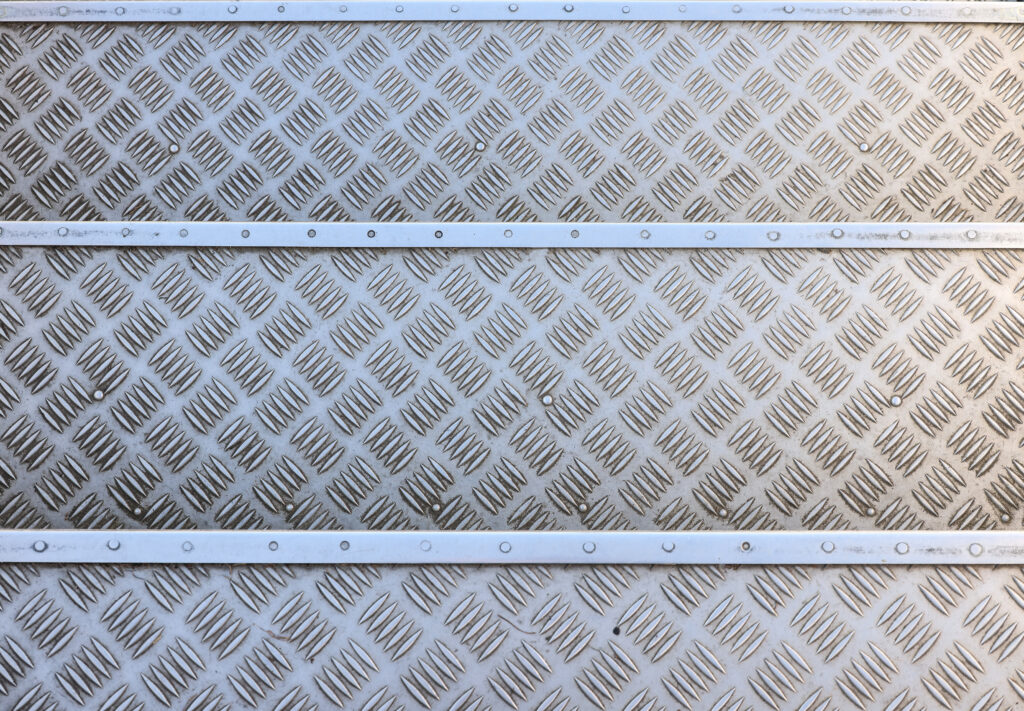Aluminium tread sheets have stepped far beyond factory floors to become a design and safety staple across countless sectors. Their distinctive raised patterns, known interchangeably as checker plate aluminum, diamond plate sheets, or simply tread plate, offer unbeatable grip, eye-catching aesthetics, and corrosion resistance. In partnership with Millenium Speciality Alloys Ltd, this deep dive shows how the metal once reserved for heavy-duty walkways now elevates everything from food trucks to futuristic architecture.
Aluminum Tread Plate Applications That Stand the Test of Time
Walk through any logistics hub, commercial kitchen, or ferry terminal, and you will find aluminium tread sheets underfoot or overhead. With a strength-to-weight ratio rivals struggle to match, the material delivers anti-slip security for ramps, mezzanine decks, luggage conveyors, and machinery platforms. Automotive restorers line ute trays with aluminum tread plate to guard against dents, while theme parks specify aluminum checker plate 4×8 panels for queue barriers that endure both weather and constant traffic.
Seven Everyday Marvels Made from Aluminum
From movie sets to marine docks, aluminum tread sheets quietly support and safeguard our daily environments. Below are seven inventive ways this durable, lightweight metal simplifies life and boosts safety every day:
- Mobile Toolboxes – Contractors count on rugged aluminum tread plate lids that shrug off drops, dents, and drizzle while keeping tools dry and secure on the job site.
- Wheelchair Access Ramps – Municipal retrofits use patterned aluminum tread sheets to ensure quick, code-compliant traction that’s both weatherproof and long-lasting.
- Marine Decking – Fishing boats and ferries swap slippery timber for corrosion-resistant checker plate aluminum that grips even in salt spray and heavy rain.
- Cold-Storage Floors – Food processing and logistics crews rely on seamless tread sheets that pressure-wash spotless, meeting hygiene standards without sacrificing durability.
- Stair Nosing in Subways – Raised diamond patterns in aluminum tread plates channel away water and slush, reducing slips during rush hour in high-traffic stations.
- Food-Truck Counter Fronts – Chefs love the industrial-chic aesthetic of polished tread plate aluminum—it’s durable, easy to clean, and complements stainless steel finishes.
- Movie-Set Backdrops – Sci-fi productions and stage designers transform reflective aluminum tread sheets into futuristic spaceship corridors and industrial control rooms.
Aluminum’s Secret Shield: How Oxidation Prevents Rust
Unlike steel diamond plate, aluminum naturally resists rust because it forms a protective oxide film, a microscopic barrier only a few nanometres thick. The moment aluminum is exposed to air, oxygen reacts with its surface to create aluminum oxide (Al₂O₃), a compound that is both chemically stable and impermeable to water. This oxide layer is what makes aluminum so widely used in marine, transportation, and architectural applications. Rather than flaking off like rust on steel, aluminum oxide bonds tightly to the surface, preventing further corrosion.
Even if the metal is scratched or abraded, the oxide layer re-forms almost instantly, a property metallurgists refer to as self-passivation. This natural corrosion resistance is why aluminum tread sheets thrive in harsh environments, from chemical plants and cold-storage facilities to coastal boardwalks and ferry terminals. The metal’s light weight and non-ferrous composition eliminate the risk of structural rust, while the oxide layer keeps it looking sharp and performing reliably year after year.
Uses and Design Insights for Aluminum Tread Sheets
As industries evolve, aluminum tread sheets are stepping beyond traditional flooring applications, powering modern construction, fabrication, and industrial design innovations.
Next-Generation Applications
Digital Fabrication: CNC routers now engrave brand logos into service-station kick plates. Architects powder-coat aluminum tread plate in matte black for loft and retail interiors, while EV manufacturers laser-vent lightweight battery shields from patterned stock—combining slip resistance with airflow control.
Architectural Design: Designers specify checker plate aluminum for aesthetic and functional appeal in wall panels, bar fronts, and accent cladding that withstands heavy wear.
Manufacturing Innovation: Custom die-cut and perforated tread sheets provide lightweight reinforcement in enclosures, transport systems, and equipment guards.
Panel Powerhouses in Modern Construction
Portable Buildings & Modular Units: Aluminum tread sheets clad portable structures and elevator cabins, offering strength without the weight penalty of steel.
Data Centres & Clean Rooms: When insulation is sandwiched between patterned faces, the result is a rigid, washable wall system perfect for hygienic environments like food-processing plants.
Roofing & Maintenance Access: Roofing contractors rely on tread plate parapet caps that double as safe-grip maintenance paths along roof edges.
Aluminum’s Stand-Out Signature Application
Industrial Safety Flooring: Oil rigs, mining shafts, breweries, and marine decks all specify aluminum tread sheets for superior slip resistance and chemical durability. Unlike wood slats or coated concrete, they install quickly on steel joists, minimizing downtime and eliminating cure periods. Their corrosion resistance makes them ideal for wet, high-traffic, or chemical-prone environments.
Design Considerations & Challenges
Surface Softness: Aluminum is softer than carbon steel. Sharp tools or heavy impacts (like forklift forks) can dent unsupported spans or mar raised diamonds.
Galvanic Corrosion: When aluminum contacts copper or uncoated steel in moist environments, electrochemical reactions may cause pitting. Use nylon washers or non-conductive coatings to isolate dissimilar metals. Choose harder alloy tempers or anodized finishes for enhanced durability.
Built to Resist: Aluminum’s Natural Waterproof Shield
Because aluminum is non-porous, water beads on its surface. Properly sealed seams turn aluminium tread sheets into fully waterproof barriers for shower floors, splash zones, and splash guards behind restaurant ranges. Still, installers should design drainage beneath rooftop walkways so trapped moisture does not corrode underlying supports.
Eco-Friendly Credentials
Sustainability is a key reason behind the rising demand for aluminum tread sheets across construction, transportation, and manufacturing industries. Aluminum is infinitely recyclable, it can be melted down and reused without losing its structural integrity or surface quality. Nearly 75% of all aluminum ever produced is still in use today, a figure unmatched by most industrial materials. Recycling aluminum is also exceptionally energy-efficient, recycling requires only about 5% of the energy needed to produce primary aluminum from bauxite ore. This dramatic energy savings translates to a sizeable reduction in greenhouse gas emissions, making every reused sheet or off-cut a direct win for sustainability goals.
In practical terms, off-cuts, trimmings, and decommissioned aluminum tread plates are collected, remelted, and rolled into new coils with minimal degradation. This closed-loop process not only conserves natural resources but also reduces landfill waste and production costs, factors that have made aluminum a top choice for green manufacturing initiatives. By selecting aluminium tread sheets, designers and builders lower embodied carbon while maintaining strength, formability, and corrosion resistance. These attributes help projects meet LEED, BREEAM, and other sustainable building certification targets, proving that durable doesn’t have to mean disposable.
Ready to Specify Your Next Tread Plate Solution?
Whether you need custom-cut stair treads, architectural cladding, or bulk diamond plate sheets, Millenium Speciality Alloys Ltd. holds the inventory, expertise, and shipping speed Canada trusts. Contact us to request a quote and turn your creative vision into a durable, low-maintenance reality.



